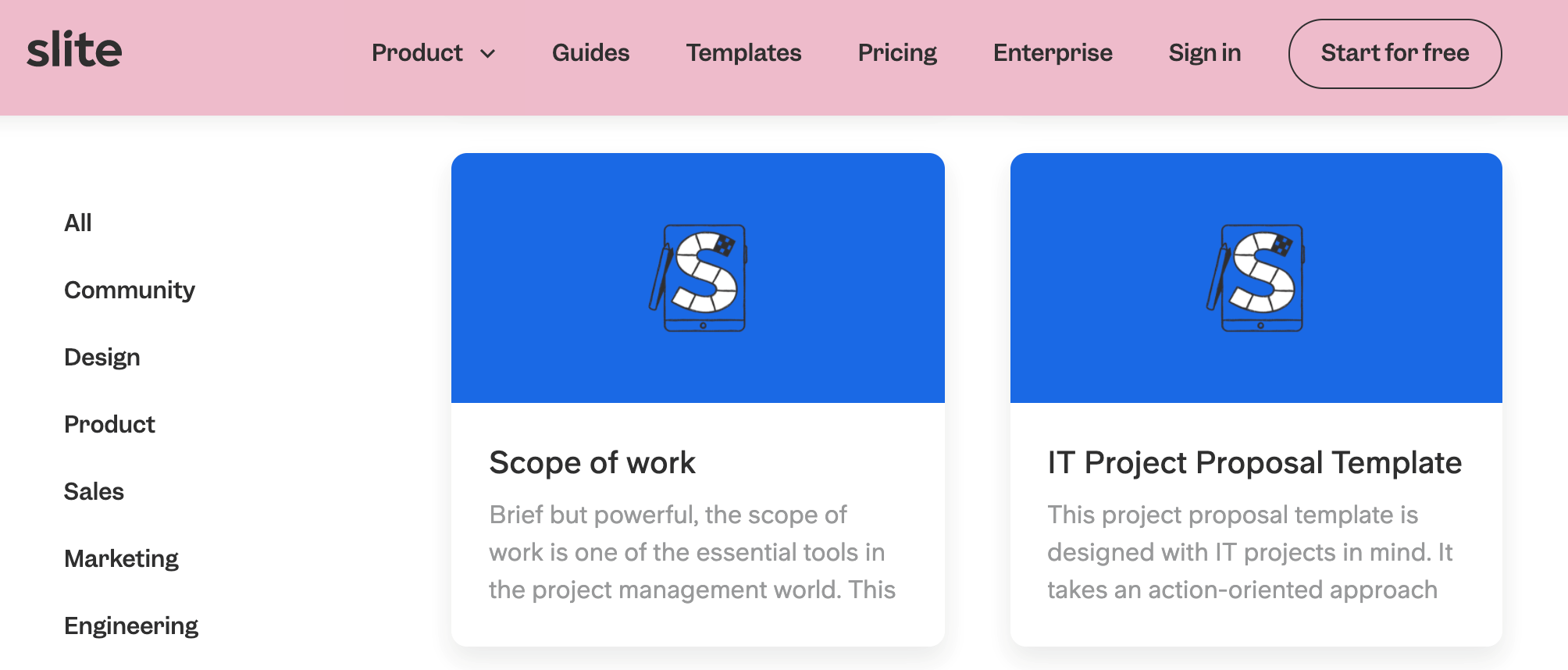In this guide, we are going to reveal everything you need to know about project proposals, including three must-read tips on creating a project proposal that will wow your client.
What is a project proposal?
A project proposal is a key document that will explain the internal or external project. It will state the requirements, milestones, important dates, objectives, and goals required to begin and complete a project.
Whetting the decision-makers’ appetites is what the project proposal is all about. You need to communicate your ideas efficiently while also securing buy-in.
Some of the key benefits that are associated with project proposals are as follows:
Everything is in writing
You can use your proposal to enhance your marketing efforts
Your project planning is improved
Set expectations so that everyone is on the same page
Understand what timeline and budget makes the most sense
Establish credibility
Get a better understanding of the project
Improve vendor comparison
 These are some of the chief project proposal benefits, but you need to craft proposals effectively for yourself and all stakeholders to leverage the advantages.
These are some of the chief project proposal benefits, but you need to craft proposals effectively for yourself and all stakeholders to leverage the advantages.
How to craft a winning project proposal
Now that you know what a project proposal is, we are going to take you through some of the steps you need to take to ensure you wow with the end result:
Define the strengths and the benefits of the project
Aside from defining the objective of your project, it is advisable to mention the advantages of the project and the key strengths that are linked with it.
You could try to incorporate this part in the introduction part. Most of the decision-makers or readers will typically read the first few pages very carefully, so this is where you are going to make your biggest impression.
A SWOT analysis can also work well in this part of the proposal, ensuring your proposal offers plenty of value and stands out from the rest.
So, when we refer to the key benefits that you should incorporate into your project proposal, some of the things that we are referring to are as follows:
The payback period of investment, taking the current market conditions into account
Opportunity to scale up the project in the future if it is viable commercially
Cost-benefit ratio
Ways to assess/evaluate project progress and outcome
Uniqueness and originality of the project objective
Social responsibility
How the project can add some value to the lives of minorities
Suggested partnerships with other academic institutions, companies, or industries to showcase combined strengths
Credentials of project members
The broadness of the project objective
Relevance of the topic considering the current market or environment
Include budget allocation
Next, you need to make sure that you include information regarding budget allocation. Your project budget is a monetary expression of your statement of work.
Adding in a budget allocation makes it easier to create a budget overall because you know exactly what is needed to achieve your end goals.
Naturally, all projects are different, and so the nature of your project is going to dictate what your budget is going to be allocated to.
Generally speaking, some of the different areas you should cover include equipment, travel and accommodation, manpower, supplies and materials, and indirect expenses.
When we say indirect costs, we are referring to any other expenses that are linked with the project, for example, administration costs, visa expenses if traveling overseas, and hiring additional consultants.
Careful project scope effectively
Of course, you need to present the scope of the project, but you need to do so in a clear and effective manner. Project scope can often be a cause of great frustration, especially when it changes throughout the project. So, being careful and considered during the proposal stage can benefit you in more ways than one in the long run.
One of the main reasons why a lot of exceptional ideas have not translated into great projects is because of a lack of clear project scope.
A scope that has been sufficiently sketched will ensure excellent project quality is achieved, ensuring the involved stakeholders are satisfied with the outcome, which will be delivered within the mandated time and cost.
Do not make the mistake of getting project scope confused with product scope. However, product scope is simply a standalone system within the project. The drivers, objectives, and needs are going to be different for both.
In a way, we can say that product scope is a subset of project scope. The project scope is work-specific, and it is needed to complete the objectives of the project. On the other hand, product scope incorporates the properties of deliverables throughout the project formation. Moreover, the product scope is quantified against requisites.
The project scope is measured against the plan/roadmap you have outlined. You need to effectively capture the project scope, ensuring it is defined and documented. Only once you have done this can you move forward with the project in an attuned manner.
 To give you a better understanding of how to effectively create a project scope, here are five simples steps that we recommend you follow:
To give you a better understanding of how to effectively create a project scope, here are five simples steps that we recommend you follow:
Justify the project
Justify the service or the produce
Define the deliverables of the project against the project scope
Enumerate the project objectives
So there you have it: three critical tips that you need if you want to put together a project proposal that will wow your clients.
When putting together an effective proposal, you need to make sure that you clearly outline the strengths and benefits of the project, as well as clarifying the scope and including budget allocation. These are three key ingredients required for an effective project proposal.
Related Posts




